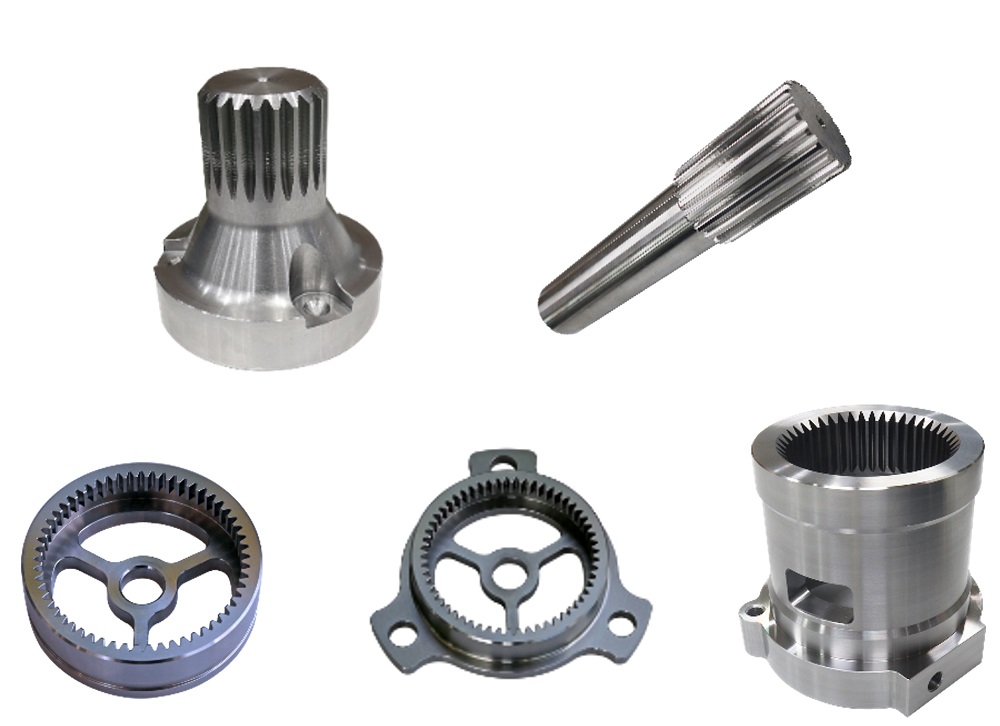Machining gear components demands impeccable precision levels.And although dedicated gear hobbing and skiving machinesare common throughout industry, manufacturers often face issues with multiple set-ups and the application of jigs and fixtures. This challenge exacerbates when considering additional factors such as the shortage of skilled workers and the excessive floorspace required for multiple dedicated machines. According to the Engineering Technology Group (ETG), it is possible to eradicate all of these issues with Nakamura-Tome turn-mill centres. ETG is the UK representative for Nakamura-Tome machines.
A multi-tasking machine can change the situation because it performs turning, milling and gear cutting in a single process. Integrating these processes significantly reduces set-up changes, contributing to more efficient production. Moreover, machining quality remains at the same level as dedicated machines.In many cases it improves due to fewer set-ups.
Both gearhobbing and skiving have their own set of advantages. Hobbing is suitable for manufacturing high-volume parts and external gears, while skiving is for producing parts ranging from low to high volume. Skiving applies to both outer and inner gears, and when machining close to the walls on the end of a gear. It is possible to perform hobbing, skiving and other cutting methods on multi-tasking machines, producing various gear types such as spur gears and helical gears.
When investing in a Nakamura machine from ETG, the ‘Smart Support’ software solution simplifies the creation of special machining programs developed by Nakamura-Tome through a conversational programming interface.Recently, the software introduced a gear hobbing function that now enables users to create dedicated programs by inputting variables in accordance with guidelines. To enhance user-friendliness, the software incorporates graphical images that guide operators through the process. For further information www.engtechgroup.com















